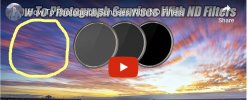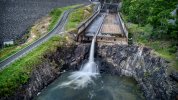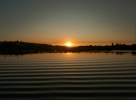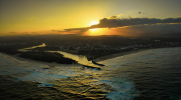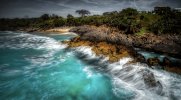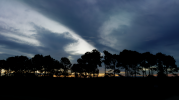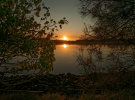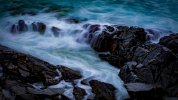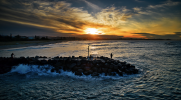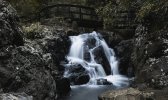Drones just aren’t stable? I’m not talking 30sec exposure. I’ve had amazing results with ND’s and long exposure in my drones (right from ND8 up to ND2000.Why would you use an ND8 for drone photos with low light? Obviously if you're trying to get motion blur (water or headlights) then sure, you can try and push the exposure up to a couple of seconds (I've gotten sharp 1-2 second exposures with an Air2S is very calm conditions, but didn't need an ND for it). But for a static scene I try to avoid long exposures to the degree possible because drones just aren't that stable and you risk camera shake.
Static scenes do require a fast shutter, I totally agree. But I’ve never seen a static sunset or sunrise at the beach (or anywhere) and that’s what we are talking about. Static beach shots often look fake/too crisp I find.
Meta, as always, you are spot on with the technicalities and are always fact-based. However, this is is photography and a certain portion of it is artistic, so softening of the water, trying to preserve highlights by using ND filters is what I do, and it provides the results I desire.
Here’s a little video where a person recommends using ND filters as well.
I don’t wish to argue with the “regular gang” so I’ll leave it there.



